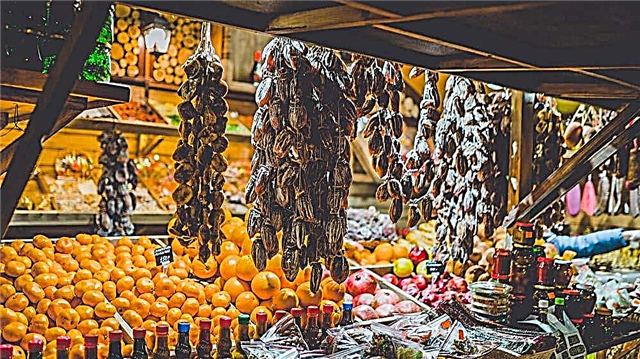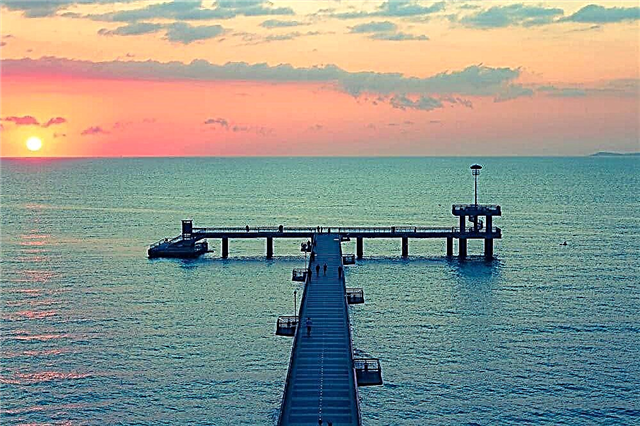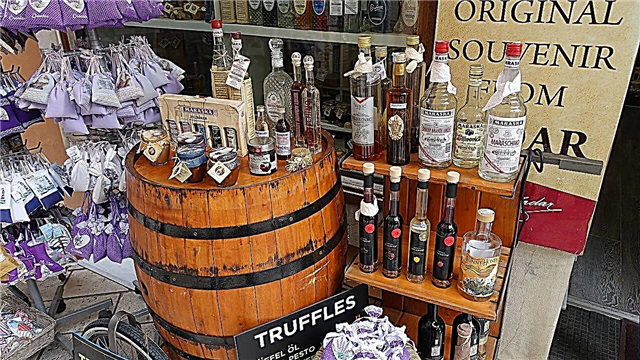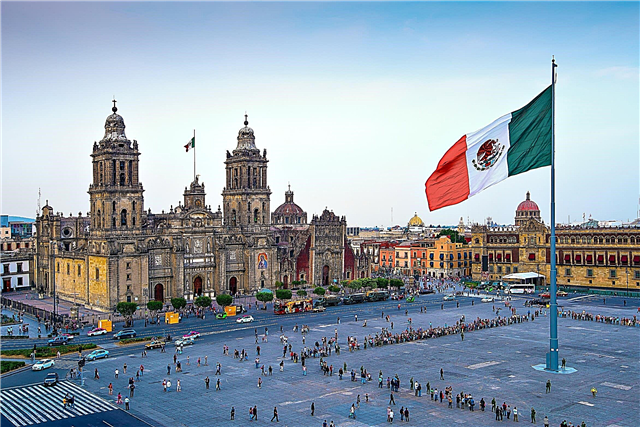Mexican cities are predominantly densely populated. Mexico City confidently holds the lead with almost 9 million people. This makes it the largest Spanish-speaking city on the planet. The settlements bordering the United States are developing with some difference from the rest.
They are more active in the tourism industry, support enterprises that send products directly for export. At the same time, additional problems arise, such as an increase in drug trafficking, which Ciudad Juarez, among others, faced. The Mayan heritage and sandy beaches of the coast generate an impressive income from travelers from all over the world. Tourists willingly go to Cancun, as well as to Merida, to see Chichen Itza with their own eyes.
The largest cities in Mexico
List of the largest cities in terms of population in the country.
Mexico City
The capital of Mexico, the largest Spanish-speaking city in the world. Until 1521 it was called Tenochtitlan. Then it was destroyed and rebuilt by the Spanish conquerors. Among the 100 museums, the National History Museum plays a special role. Within the boundaries of Mexico City, there are 10 archaeological and several city parks, including Chapultepec, which covers an area of about 700 hectares.
Population - 8 918 653 people (2016).

Ecatepec de Morelos
The first part of the name translates as "windy hill", the second - the name of the hero of the war for independence. It is part of the Mexico City metropolitan area and is served by the Metropolitan Metro. The architectural landmarks of the city include several churches of the colonial era and the Cathedral of the Sacred Heart of Jesus - the main Catholic church in the country. July 25 is the day of Saint Christopher - the patron saint of Ecatepec de Morelos.
Population - 1,837,700 people (2019).

Tijuana
The westernmost city in Latin America. The border with the United States passes nearby. A steel arch towers over the city. The building of the cultural center has an unusual spherical architecture. It houses a museum, an exhibition hall, a planetarium, a library, and a concert hall. Government buildings are on Century Road. An ecological reserve approaches Tijuana.
Population - 1 696 923 people (2015).

Puebla de Zaragoza
In accordance with the old name, the nickname of Puebla - "city of angels" has been preserved. Located in a valley surrounded by volcanoes. The area is called "the cradle of Mexican Baroque", so architecture lovers come here. More than 90 churches are concentrated in the historic center. The defensive structures of the past are also interesting, including the forts of Guadalupe and Loreto.
Population - 1 544 500 people (2019).

Guadalajara
It is called the "pearl of the west" and the "city of roses". In the southwest of the country, it is the main economic and transport center. This is where mariachi music was born. The abundance of attractions makes Guadalajara the cultural capital of Mexico. The Calaverandi theme park, baroque churches such as St. Francis, the charreada arena and the art museum are worth visiting.
Population - 1 460 148 people (2015).
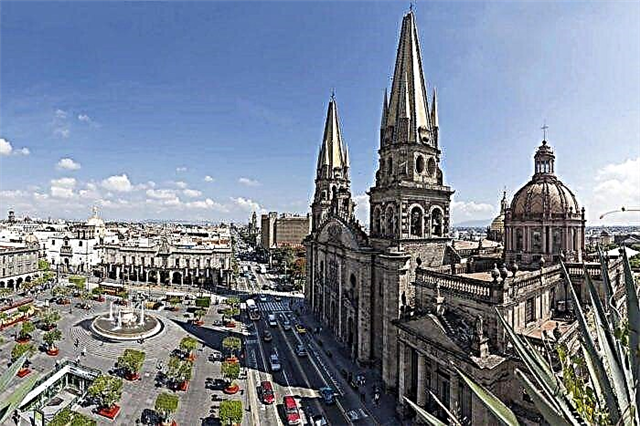
Ciudad Juarez
Based on the Rio Grande River near the US border. An important transport hub of the country. The Catholic Mission, the lake in the central park, the snow-white triumphal arch are the most visited tourist sites. Ciudad Jcares is constantly expanding its industrial space. The city has an unfavorable crime situation, although the situation is gradually improving.
Population - 1 391 180 people (2015).

Zapopan
Northern suburb in the Guadalajara metropolitan area. The city is inextricably linked with the Virgin of Zapopan, whose image is recognized by the Catholic Church as "performing miracles." In the 17th century, a basilica was laid in her honor. Sightseeing: theater "Galerias", stadium "Chivas", which can accommodate 45 thousand spectators, the municipality palace, originally built as a school.
Population - 1,332,272 people (2015).

Leon de los Aldama
Named after the brothers Juan and Ignacio, heroes of the War of Independence. More than 70% of all Mexican footwear is produced in the city. Leon de los Aldama is famous for its ecology and clean streets. In terms of these indicators, he has no equal in Mexico. It is also home to the best opera house in Latin America. The Arch of Heroes, the facades of cathedrals and temples, and the Guanajuato Museum are noteworthy.
Population - 1 288 600 people (2019).

Nezahualcoyotl
Belongs to the Mexico City metropolitan area. Founded in 1963, these territories used to be a lake. The Nezahualcoyotl Municipal Palace has three floors and resembles an Indian pyramid in outline. The square in front of the palace is decorated with monuments of different themes. Tourists prefer to stay here, as local hotel prices are significantly lower than in the capital. Large festivals and art exhibitions are regular.
Population - 1 228 654 people (2019).

Monterrey
The capital of the state of Nuevo Leon. Nickname Monterrey - "Sultan of the North": the city has long turned into a cultural, economic and transport center of the northern part of Mexico. Mount Cerro de la Silla is a natural monument that has become a symbol of the city. The Basilica de la Purisima, the Grand Plaza, the Archbishop's Palace, and the Cumbres de Monterrey National Park are popular tourist destinations.
Population - 1 109 171 people (2015).

San Luis Potosi
Founded in 1592 and named after the Spanish King Louis Saint. Locals prepare a special kind of enchilada, which is served in small traditional cafes. Sightseeing: Flag Monument, St. Francis Garden, San Luis Potosi Cathedral, Science and Art Museum. The steep slope of cobbled streets and rolling hills, as well as mountains on the horizon, add to the beauty of the city.
Population - 1,085,000 people (2015).

Naucalpan de Juarez
In recent years it has been regarded as the northwestern suburb of the capital. Along the ring road is the Torres de Sputnik sculpture complex, which has become a symbol of the avant-garde and the main attraction of the city. Also popular with tourists: the Basilica of Los Remedios, the Tlatilco pyramid dating from the 12th century, Naukalli Park, Lake Madin.
Population - 998,000 people (2019).

Mexicali
Located on the border with the United States. Its brother is American Calexico. The names of both cities are derived from the words "Mexico" and "California", only parts of them are taken in a different order. Cathedral of the Virgin Mary of Guadalupe is the main religious site of the city. The best time to visit Mexicali is in spring and mid-autumn, as summers are exhaustingly hot here.
Population - 988 417 people (2015).

Hermosillo
A city in the northwest of the country. It is a transport hub, an international airport plays an important role. The agricultural industry is traditional for these lands. The Museum of Indigenous Peoples was created, telling the history of Hermosillo before the arrival of Europeans here. Several theaters operate. The MUSAS Art Museum is not only exhibition space and an extensive collection, but also a place for the implementation of cultural projects.
Population - 984 342 people (2017).

Chihuahua
The administrative center of the state of the same name. The terrain is hilly, next to the desert and the confluence of the Sacramento and Chuviskar rivers. It belongs to the key industrial zones of the country. In the 70s of the last century, many colonial monuments were destroyed due to the expansion of the streets. The temple of St. Francis, the palace converted into a museum, mansions and a number of churches have survived.
Population - 932 600 people (2019).

Merida
The largest city in the Yucatan Peninsula. It has the nickname "White", as the walls of the houses are mostly of this color, and a lot of limestone was also mined here. The architecture is mixed, the buildings of the 16th century have been preserved, and the street plan is borrowed from the ancient Mayan settlement. Chichen Itza is 120 kilometers away. Sightseeing: Great Museum of the Mayan World, Cathedral of San Ildefonso, Monastery of San Francisco.
Population - 872 300 people (2019).

Aguascalientes
The translation of the name is "hot waters".This is due to the presence of hot springs. The old town is a densely built up colonial-style streets. On the outskirts, the architecture is more modern. Industrial areas are interspersed with residential ones. The standard of living in Aguascalientes is considered to be high. The unfinished monastery complex of La Salud and San Marcos with its garden and church is worth visiting here.
Population - 805 200 people (2019).

Culiacan
Capital of the state of Sinaloa. Export agriculture is an important industry in the region. Its development is associated with the commissioning of the dam in the middle of the last century. Travelers come to the outskirts of the city for fishing and hunting. Natural attractions such as Altata Beach, botanical gardens and parks are attracting more and more tourists. Drug trafficking has been the biggest problem in Culiacan for the past 30 years.
Population - 795,000 people (2019).

Toluca de Lerdo
The capital of the state of Mexico City. The Aztecs believed that the god Tolo lives on the local hills. In the century before last, the name of the Mexican president was added to the name. The city has several memorial museums, including one dedicated to the artist Jose Maria Velasco. The cathedral was built on the site of an old monastery. Alameda Park is a combination of urbanism and nature.
Population - 747 512 people (2015).

Cancun
Resort town on the coast of the Riviera Maya. It is divided into two large parts - a tourist one, located on the spit, and a historical one, which includes residential and economic areas. Significant places: the Sak-Aktun system of underground rivers, Akumal caves, the ruins of El Rey. The Island of Women is located 15 kilometers from Cancun. The largest concentration of whale sharks in the world occurs near it.
Population - 722 800 people (2014).

Guadalupe
Part of the Monterrey metropolitan area. The city is surrounded by natural beauty that attracts tourists. From here you can easily reach Cerro de la Silla Mountain. There is a large zoo inside the La Pastora park. The stadium, with a capacity of 50 thousand spectators, hosts not only sports competitions, but also concerts. The City Museum offers to view the collections in several directions, from ethnographic to artistic.
Population - 722 400 people (2019).

Acapulco
A port city on the Pacific coast. It is called the "night capital" of the country. The beaches stretch for several kilometers, which has created a first-class resort. Despite the favorable conditions for recreation, the infrastructure has been little updated since the last century. Acapulco is increasingly becoming a domestic tourism destination. San Diego Fortress and Papagayo National Park are the main attractions.
Population - 720 400 people (2019).

Tlaquepaque
The translation of the full version of the name is “lying over the clay ground”. As Guadalajara has grown so much in the past century, Tlaquepaque has become a suburb. In the neighborhoods, colonial style is everywhere combined with modern. The local cultural center does not stop exhibitions of artisans and sculptors. It is easy to find workshops on ceramics and blown glass.
Population - 664 193 people (2015).

Victoria de Durango
The administrative center and part of the municipality called Durango. Early colonization left its traces, including architectural monuments. Sightseeing: the cathedral, the Cathedral tunnel, the main square - Plaza de Armas, the 200-year-old city market, the "La Familia" pedestrian bridge, the government palace. There is an international airport nearby.
Population - 654 876 people (2015).

Santiago de Queretaro
It is believed that the Mexican independence movement began in this city. The streets are lined with architectural monuments, including buildings from the colonial era. A must-see is the former monastery of St. Augustine, the performance of the local philharmonic orchestra, the monumental aqueduct and numerous restaurants serving classic national cuisine.
Population - 647 600 people (2019).

Apodaca
It is part of the Monterrey metropolitan area. An industrial center that is developing rapidly. There are 2 airports in the Apodaki area. Iconic places are concentrated around the main square, such as the parish of San Francisco de Asis and the government building, built in the Art Nouveau style. In 1995, a memorial plaque in honor of the first European settler appeared in the city.
Population - 523 370 people (2010).

Matamoros
Border town located near the mouth of the Rio Grande. On the opposite bank is the American Brownsville. In the past, these lands were occupied by tribes destroyed during the conquest of Mexico by the Spaniards. Matamoros received its current name in 1826 in honor of the hero of the war for the country's independence. Sightseeing: Baghdad Beach, Casamata Fortress, which has become a museum, Cathedral.
Population - 504 367 people (2015).
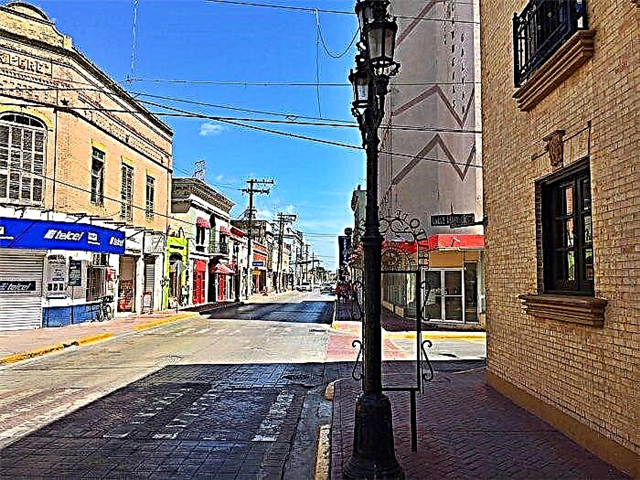
Guasave
The city belongs to the territory of the state of Sinaloa and lives mainly on agriculture, cattle breeding and fishing. Places of interest in Guazave and the surrounding area: Las Gloria beach, the ruins of Pueblo Viejo and Nio, dating from the Jesuit period, a Franciscan church. The bays of San Ignacio and Navajiste are suitable for water sports.
Population - 285 912 people (2010).

San Francisco de Campeche
Founded in the middle of the 16th century by the Spaniards on the site of a Mayan settlement. The location on the bay in the western part of the Yucatan provided a number of opportunities for development, but also brought problems. It was necessary, among other things, to build Fort St. Michael to defend against the raids of pirates. The colonial architecture of the city is listed as a UNESCO World Heritage Site. Tourism and trade are the backbone of the economy.
Population - 220 389 people (2010).
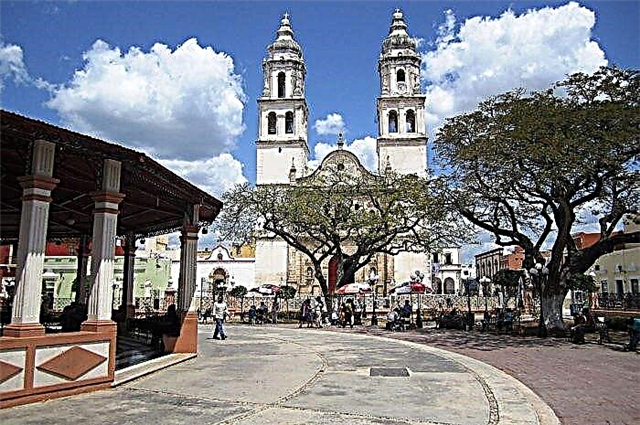
Guaymas
It is famous for its unique ecosystem formed by mountains, desert and sea. Guests are welcomed by the tourist center "San Carlos". Searching for endemic plants, watching dolphins and even whales are typical leisure activities for vacationers. In addition, you can go snorkeling, diving, fishing, kayaking, horseback riding on the beach or sailing along the coast.
Population - 130 600 people (2019).


